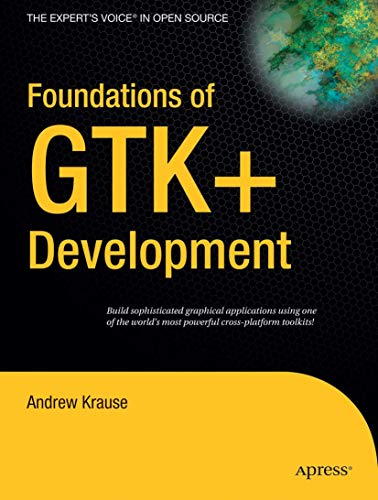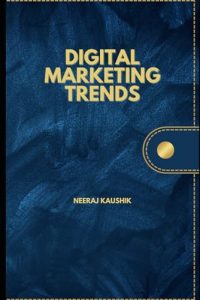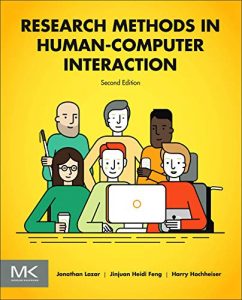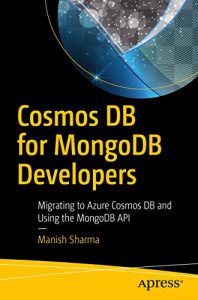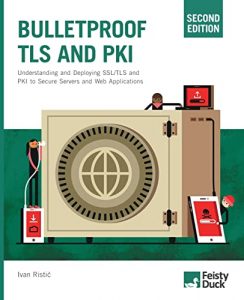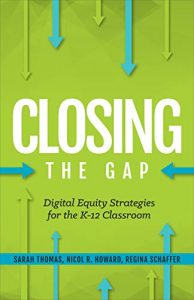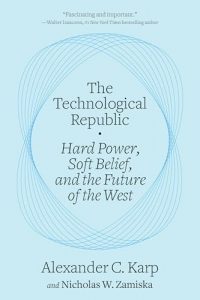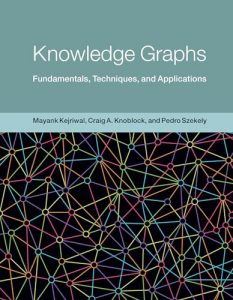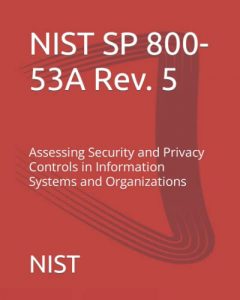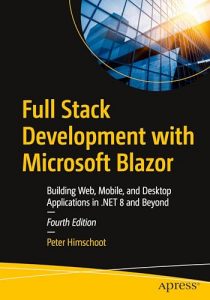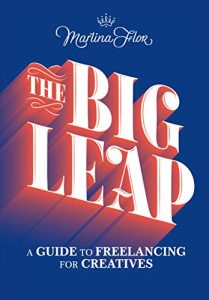10 Essential Books for GTK+ Development
GTK+ is a powerful toolkit for creating graphical user interfaces, and it has garnered a passionate community of developers. In this blog post, we explore ten essential books that can help you master GTK+ development, whether you are a beginner or a seasoned professional.
1. Foundations of GTK+ Development
Written by Andrew Krause, Foundations of GTK+ Development is an essential read for anyone looking to dive deep into GTK+. Covering core concepts and providing practical examples, this book becomes an indispensable resource for learning the foundations of GTK+. It explores the GTK+ architecture in detail, offers guidance on designing user-friendly interfaces, and provides insights on application performance optimization. This book is a must-have for anyone wanting to build robust GTK+ applications.
2. Gtk+ Programming in C
In Gtk+ Programming in C by Syd Logan, readers are guided through the intricacies of programming with GTK+ using the C language. This book is perfect for those who already have a basic understanding of C and want to apply it whilst developing GUI applications. The author explains concepts in a clear, concise manner and includes practical examples and exercises, making it easier to grasp complex topics. This book is an inviting start for prospective GTK+ developers.
3. Gtk+ /Gnome Application Development
Havoc Pennington’s Gtk+ /Gnome Application Development stands out as a classic resource, delivering insights into both GTK+ and GNOME programming. This book provides a clear framework for understanding the connection between these tools and teaches the reader how to create fully functional applications. Its comprehensive coverage and practical exercises provide an in-depth learning experience that is perfect for beginners and intermediates alike.
4. Beginning GTK+ and GNOME
Beginning GTK+ and GNOME by Peter Wright offers an accessible introduction for new developers wanting to learn how to use these powerful tools. The book covers numerous aspects of interface design, making it invaluable for those starting out. With hands-on projects and an approachable style, Wright ensures that every reader can eventually create their own GTK+ applications. It’s not just informative; it’s engaging.
5. Programming Python with GTK and SQLite
If you’re interested in developing applications using Python, Programming Python with GTK and SQLite by Christopher C. Brown is perfect for you. Released in 2023, this up-to-date book bridges the gap between Python programming and GTK+ development. It provides clear examples using SQLite databases, making it an essential resource for anyone looking to create data-driven applications.
6. Developing Linux Applications: With Gtk+ and Gdk
Eric Harlow’s Developing Linux Applications: With Gtk+ and Gdk is a proper guide for developers targeting Linux. The book covers Gdk, an extension of GTK+, expanding its utility. It takes you beyond basics to understand advanced concepts vital for robust Linux applications. With practical tips and real-world examples, it’s a resource you won’t want to miss.
7. Track Your Fitness: Minimal Workout Log
For developers looking to create productivity applications, Track Your Fitness: Minimal Workout Log by GTK Publishing is an innovative guide that shows how to create a minimalistic design using GTK+. Perfect for a weekend project, this book offers upcoming developers a simple way to learn user interface elements and design principles while building a functional application.
8. Sams Teach Yourself Gtk+ Programming in 21 Days
Donna Martin’s Sams Teach Yourself Gtk+ Programming in 21 Days is designed for busy people who want to learn GTK+ quickly. This structured approach ensures you learn crucial concepts at an accelerated pace through daily lessons and exercises, making it practical and efficient. Ideal for beginners, mastering GTK+ within a month is possible with this guide.
9. Pro PHP-GTK (Expert’s Voice in Open Source)
Pro PHP-GTK by Scott Mattocks is focused on combining the power of PHP with GTK+. This book serves developers who want their web applications to have a desktop interface. Mattocks covers ways to integrate PHP programming skills into GTK+, creating an exciting blend of web and desktop software development. A vital resource for any developer looking to expand their toolset.
10. GTK 2.0 Tutorial
Finally, GTK 2.0 Tutorial by Tony Gale is a classic reference that remains relevant even years after its publication. This tutorial encapsulates key concepts, usage, and features of GTK 2.0. Whether you’re a beginner seeking to learn or an experienced developer needing a refresher, this tutorial offers exceptional insights into GTK development. A must-read for all GTK enthusiasts!
Whether you’re just starting or are looking to hone your skills, these ten books provide invaluable resources for anyone interested in GTK+ development. Each book offers unique insights and invaluable practices that can enhance your programming journey.

